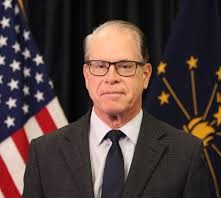“Pollinators like bees and hummingbirds sustain nearly 80 percent of the food in our diets,â€Â said EPA Administrator Andrew Wheeler. “I am proud to join Secretary Perdue, Secretary Bernhardt and our state and local partners in reaffirming our commitment to promoting pollinator health. By doing so, we are protecting human health, the environment and our nation’s food supply.â€
Three-fourths of the world’s flowering plants and about 35 percent of the world’s food crops depend on animal pollinators to reproduce. Yet, pollinator populations are on the decline due to many stressors, including pests, poor nutrition due to loss of habitat, unnecessary pesticide exposure, pathogens and viruses.
EPA is leading several efforts to protect bees and other pollinators from pesticide exposure to ensure they can thrive in their habitats. In 2019, the agency updated its bee mortality data table to help farmers and beekeepers estimate how long a specific pesticide may remain toxic to bees and other insect pollinators following application to crops.
EPA is also focused on advancing public awareness of the importance of protecting pollinators. In March 2020, EPA launched a free webinar series highlighting ongoing work to promote pollinator health and habitat, which will continue through September 2020. This week the agency also renewed its memorandum of understanding (MOU) with the Pollinator Partnership, a nonprofit organization that facilitates actions that benefit pollinator habitats.


